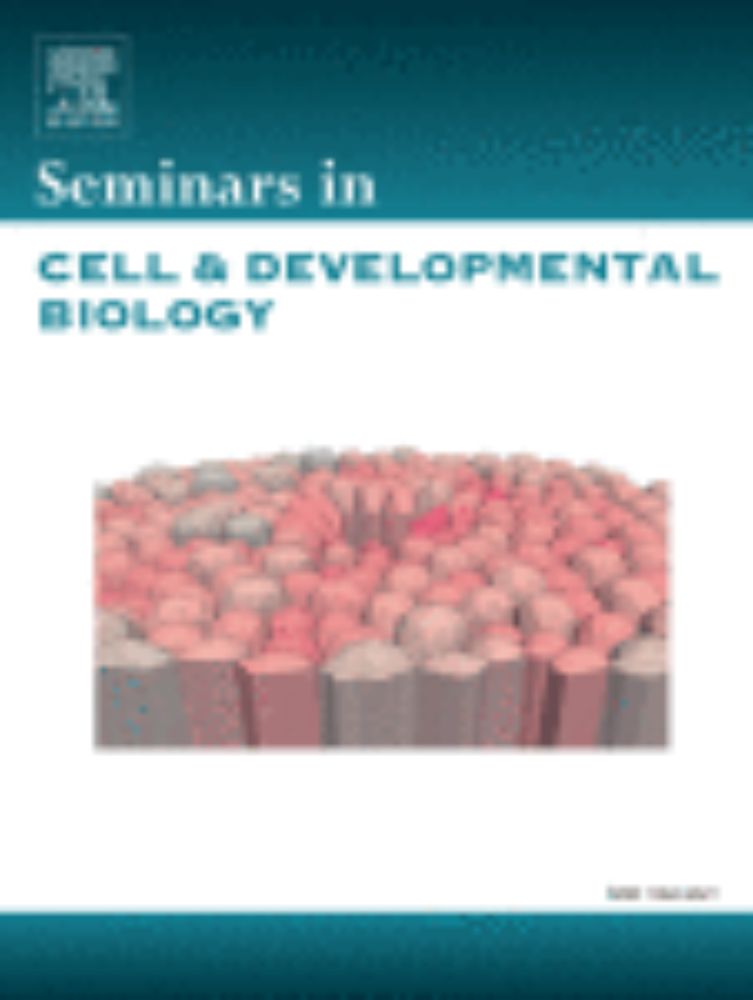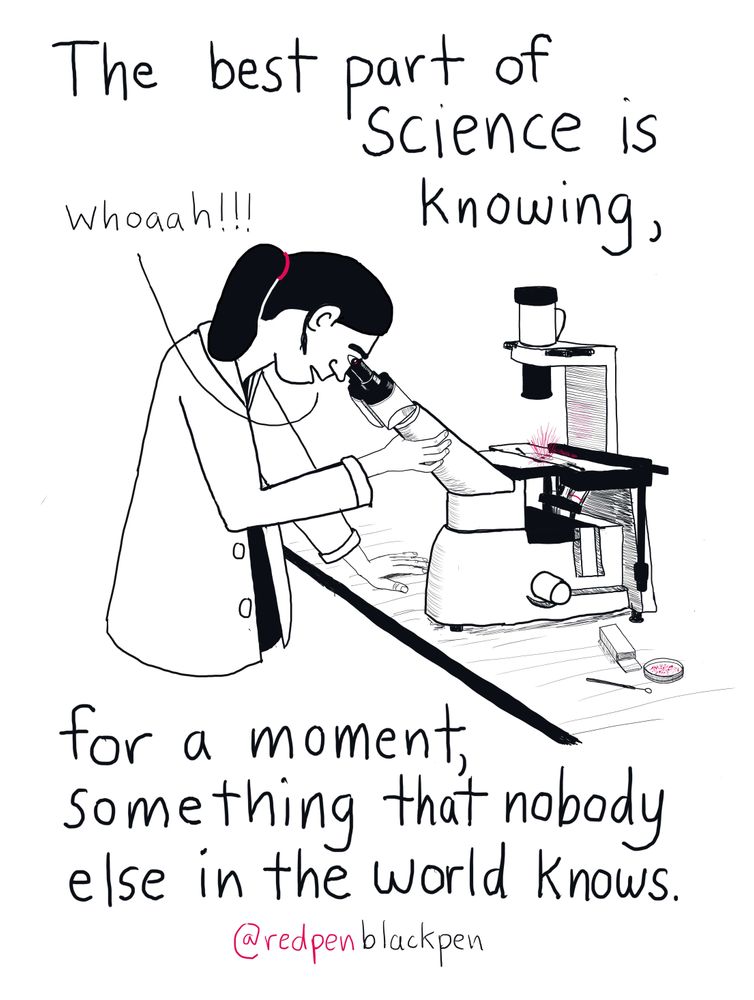Rita Mateus
@ritamateus.bsky.social
1.5K followers
880 following
51 posts
Group Leader @MPI-CBG and @POL, TU-Dresden. Dev Biologist mixing it up w/ Physics. Want to know how organs grow! also obsessed with structural colors | ritamateus.com
Posts
Media
Videos
Starter Packs
Pinned
Reposted by Rita Mateus
Reposted by Rita Mateus
Rita Mateus
@ritamateus.bsky.social
· Aug 25
Rita Mateus
@ritamateus.bsky.social
· Aug 22
Rita Mateus
@ritamateus.bsky.social
· Aug 22
Rita Mateus
@ritamateus.bsky.social
· Aug 22
Rita Mateus
@ritamateus.bsky.social
· Aug 22
Rita Mateus
@ritamateus.bsky.social
· Aug 22

The Role of Purine Interactions in Biogenic Crystal Shape Determination
Widespread through phyla, purine crystals are intracellular inclusions serving a myriad of organismal functions. In zebrafish, iridophores concentrate purines in membrane-bound organelles, the iridoso...
www.biorxiv.org
Rita Mateus
@ritamateus.bsky.social
· Aug 22
Rita Mateus
@ritamateus.bsky.social
· Aug 22
Rita Mateus
@ritamateus.bsky.social
· Aug 22
Rita Mateus
@ritamateus.bsky.social
· Aug 22
Rita Mateus
@ritamateus.bsky.social
· Aug 22
Rita Mateus
@ritamateus.bsky.social
· Aug 22

Purine Molecular Interactions Determine Anisotropic Shape of Zebrafish Biogenic Crystals
Many organisms self-organize crystals for vision, pigmentation, or storage. In zebrafish, iridophores produce anisotropic crystals in iridosomes. Using imaging and genetic tools, crystal growth is sh...
onlinelibrary.wiley.com
Reposted by Rita Mateus
Rita Mateus
@ritamateus.bsky.social
· Aug 9
Reposted by Rita Mateus












